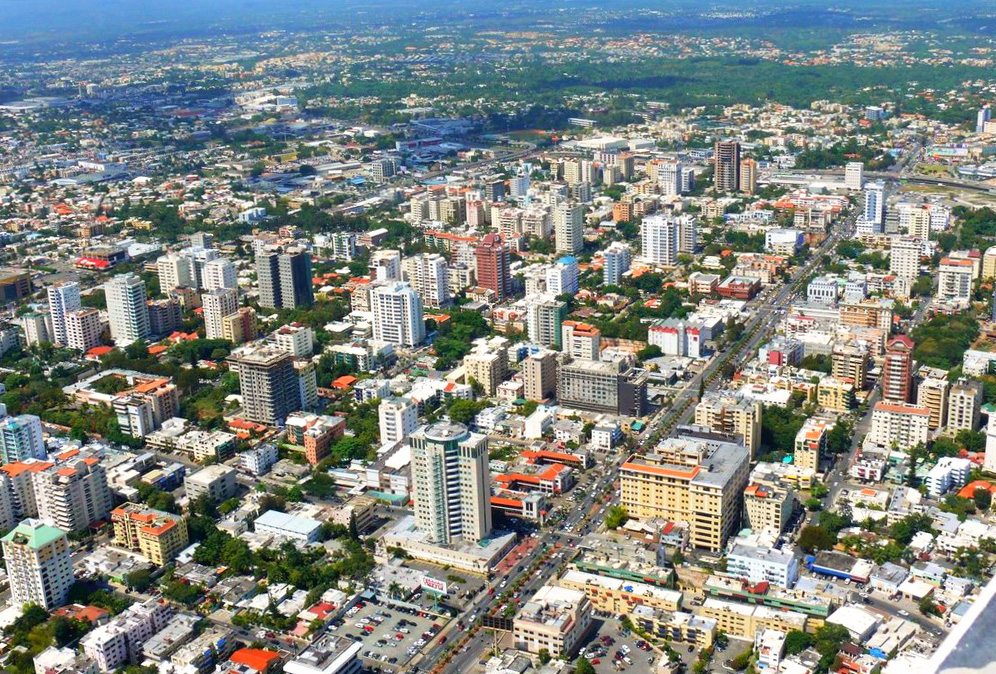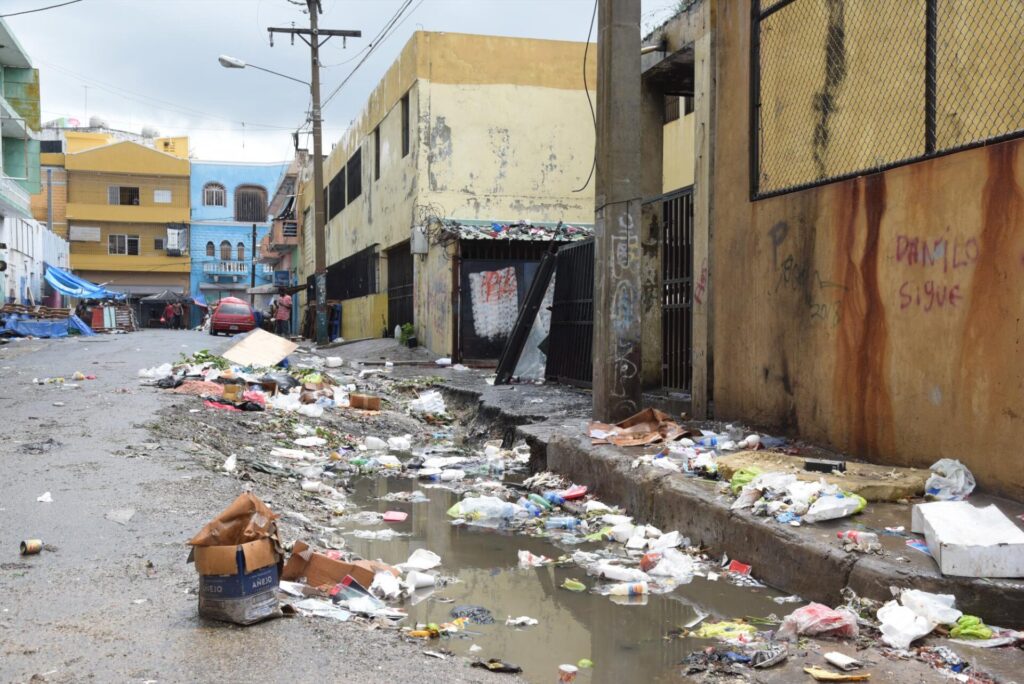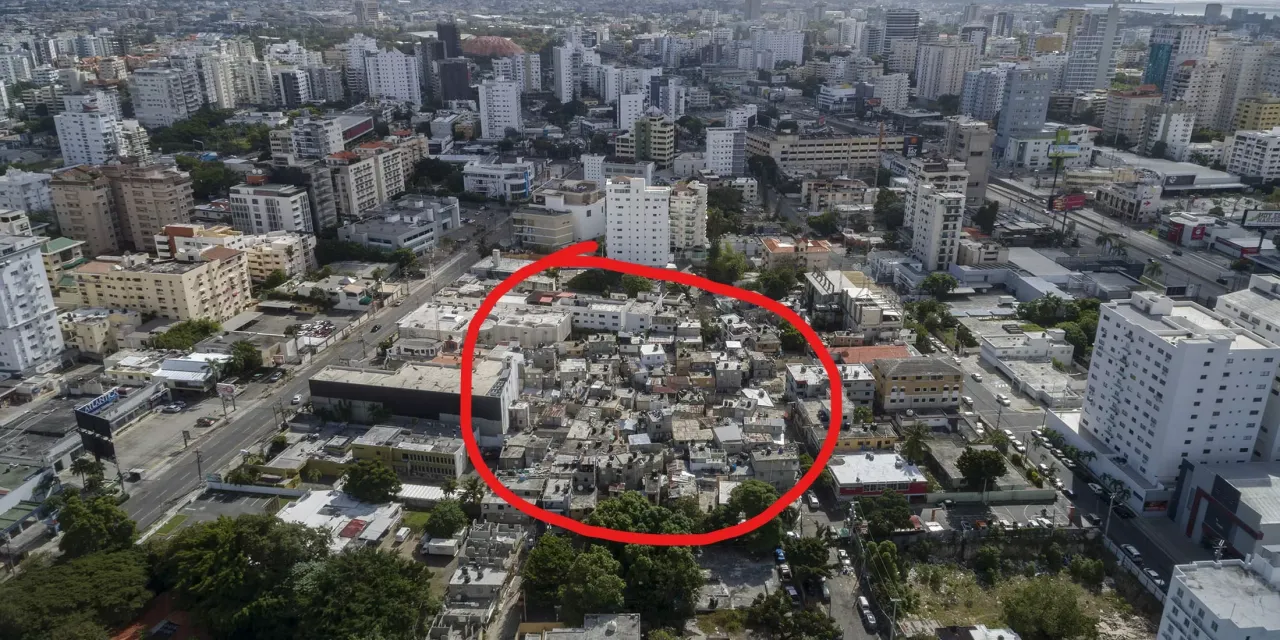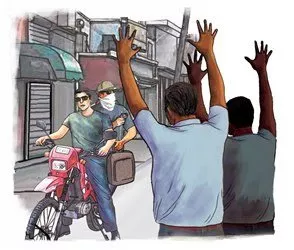Santo Domingo.- Sectors that contrast in the same area, are the reality of the Dominican capital. For this reason, experts explained that some marginalized neighborhoods of the National District arose before the upper-class sectors that surround them.
However, they explained that the residents of those neighborhoods did not invade these sectors, but rather they were invaded by the revaluation of the land, which were acquired by people with economic and social affluence.
neighborhoods like Mata Hambre near Abraham Lincoln, La Puya de Arroyo Hondo, El Manguito near La Julia, El Claret in Paraíso, La Yuca del Naco, among others, were there before the wealthy people arrived. Little by little, people with a different socioeconomic level populated the surroundings of these marginalized neighborhoods and that is how they remained in the center of the developed sectors, assured the sociologist Cesar De los Santos.
“Since they are going to get into land that has a lot of value, the logical thing to do is to think that they were already there, when the land cost practically nothing.”
Reality
There is a harsh reality of coexistence and resources that differentiates these sectors that converge just meters away, the development that exists in these places contrasts a lot between them, said the former member of the National Council for Urban Affairs (CONAU).
In the same way, he explained that old Arroyo Hondo was a popular neighborhood that was surrounded by people with economic resources until it became what it is today. Many of the sectors developed in the capital at the beginning began like this.
He assured that sometimes the owners who have some land in those neighborhoods receive purchase pressure from the formal sector.
An example of this is the street “Caminito Chikito” in Arroyo Hondo, the developed part has pressured the owners of these lands so much, that they are cornered, to the point that they have been crowded into a small area due to the price of capital, that is to say , this land is so valuable that only people with great wealth can buy it, he said the INTEC professor.
«In this place there are only those owners who are restricted to sell. In some cases, many have set up businesses such as grocery stores with which they take advantage of these formal areas, through their sales with deliveries»
Juan Miguel Perez
Instead, the sociologist Juan Miguel Pérez said that these enclaves of poverty in the midst of territories of economic and social affluence, were originally constituted from spontaneous urban settlements by immigrants who came from the interior of the country, essentially from rural origins.
I continue by saying that they were peasants who, with the industrialization of the economy, looked in the cities for the opportunities that were disappearing in the agricultural economy of their original localities.
In the beginning these enclaves were formed as the city grew, especially in the late 60s, during the 70s and some in the early 80s. All these territories were relatively marginal neighborhoods, but time has past and today the difference of social classes is very evident.

“And the differences are marked more when the contrasts coexist in neighboring places. In those spaces of internal social borders, there is no society as such, each side lives a different reality, where apathy, apprehensions, hostile feelings or contempt for each other are manifested. Those places of contrasts are there to remind us of the cruelty and the consequences of social inequality”, expressed Pérez.
The “Little Haiti”

A neighborhood close to a high sector that does not follow that order is “Little Haiti”, which is located in the surroundings of San Carlos, in the vicinity of the Colonial City, one of the most important tourist areas of this country, this neighborhood is It formed with the market vendors, who, from being street vendors, settled in this place and took advantage of the proximity of the market, explained the urban planner Marcos Barina.
Barina explained that this area has always been there. In its beginnings this area was the warehouses of the Mercado Modelo. He stated that when the market collapsed and the government stopped paying attention to this mall, it became accessible to immigrants who made this area what it is today.
A series of garbage cans converge in the streets of this sector, which show the unsanitary conditions and disorder that have characterized this place for years, declared Joan Hernández, a resident of this town.


















